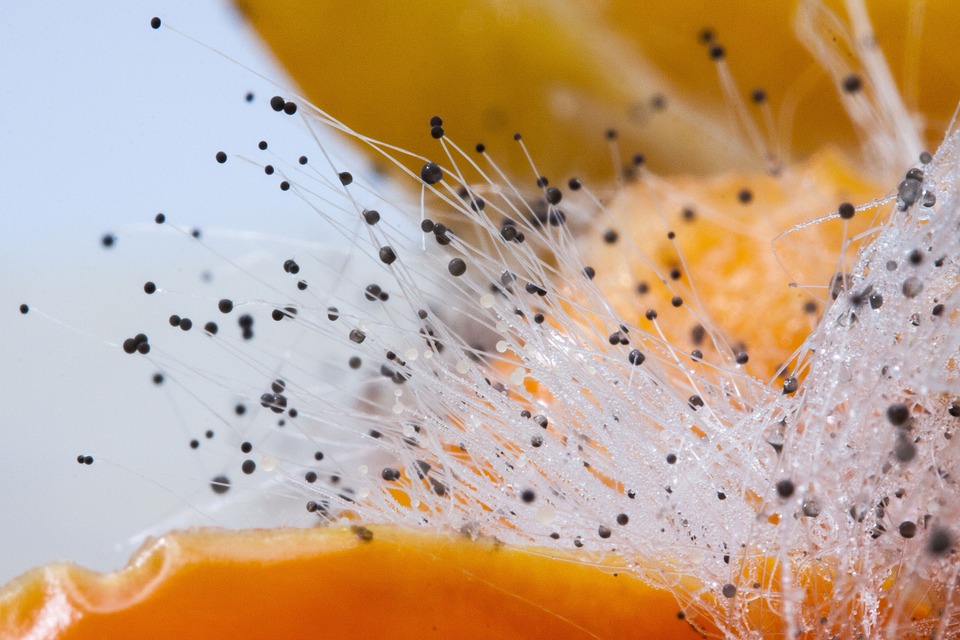
Plant Microbiota and their natural antibiotic resistances
Antibiotic-resistant bacteria are not only restricted to clinical environments, nor do they always pose an immediate danger for humans. Various environmental niches are occupied by complex microbial communities that also include members that can carry one or different antibiotic resistances.








